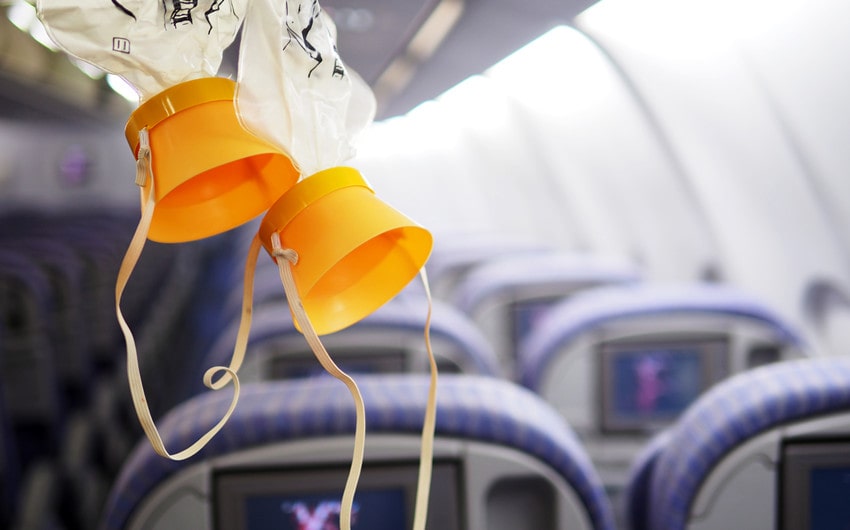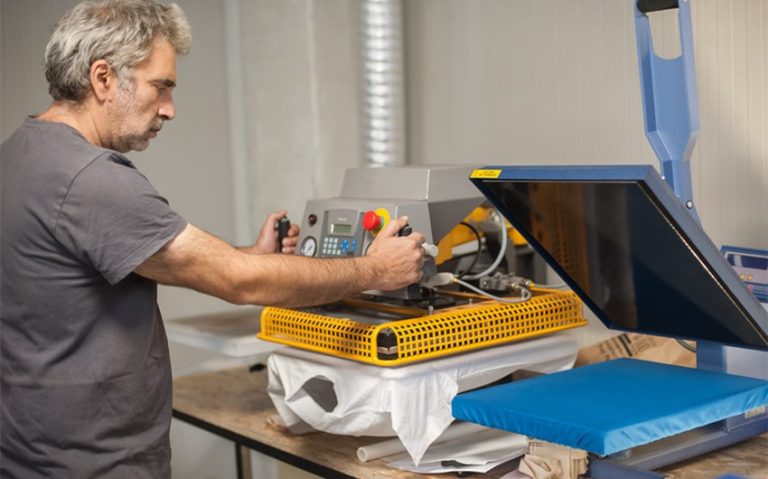The Truth About Airplane Oxygen Masks: Myths vs. Facts
The moment the cabin lights flicker and the oxygen masks drop is one few passengers ever experience—but it’s the image that defines in-flight safety. Despite being one of the most iconic features of air travel, oxygen masks are often surrounded by misunderstanding and conspiracy theories. According to the Federal Aviation Administration (FAA), fewer than 40 in 100 million flights experience a cabin depressurization event. Yet these masks exist precisely because seconds matter when they do. Understanding how they actually work helps separate fear from fact and reinforces confidence in modern aviation safety.
Why Oxygen Masks Exist
The Reality of Cabin Pressure
Commercial aircraft cruise at altitudes of 30,000 to 40,000 feet, where the air is too thin to sustain human life. To make breathing possible, cabins are pressurized to simulate an altitude between 6,000 and 8,000 feet—similar to mountain conditions. If this system fails, oxygen levels drop quickly, and within 15 to 30 seconds, passengers can experience hypoxia—a dangerous condition in which the brain and body are deprived of oxygen.
That’s where emergency oxygen masks come in. Pulling one down triggers a chemical oxygen generator or releases compressed oxygen, depending on the aircraft model. These systems give passengers the few critical minutes needed for pilots to descend to a safe altitude where normal breathing is possible.
How Long Oxygen Lasts
Contrary to popular belief, these masks are not designed to last the entire flight. They typically provide 10 to 15 minutes of oxygen—long enough for a controlled descent to 10,000 feet, where outside air pressure can sustain life. Aircraft are engineered to reach this altitude within minutes of a decompression event.
Common Myths About Airplane Oxygen Masks
Myth 1: The Masks Are Just for Show
One of the most persistent myths is that oxygen masks exist only to comfort passengers rather than save them. In reality, they are a critical part of an aircraft’s life-support system. Airlines are required by international aviation authorities to maintain and regularly test these systems for functionality. Each generator or tank is inspected during routine maintenance cycles and replaced after its service life expires.
Myth 2: Oxygen From Masks Can Make You Sleepy or Calm
Some conspiracy theories—popularized by films and internet forums—claim that oxygen masks are designed to make passengers docile during emergencies. This is false. The oxygen supplied is pure and odorless, designed solely to prevent hypoxia. The sense of lightheadedness or euphoria some people report comes from oxygen deprivation before the mask is applied, not from the oxygen itself.
Myth 3: The Bags Should Inflate While You Breathe
Many passengers panic when the small reservoir bag attached to their mask doesn’t inflate, assuming it’s not working. In truth, these bags often remain limp because oxygen flows continuously at a low rate. The mask functions correctly as long as air is moving through it, regardless of the bag’s appearance.
Myth 4: There’s Not Enough Oxygen for Everyone
Each seat on a commercial airliner is equipped with its own oxygen mask. Overhead compartments contain additional masks to accommodate lap infants or misplaced units. The system is carefully designed so every passenger has access to a functioning mask within seconds.
Myth 5: Oxygen Masks Will Last the Whole Flight
As clarified by flight training institutions like Eton College, passenger oxygen systems aren’t meant for prolonged use. They serve as an emergency bridge, not a continuous air supply. Crew members, however, have separate systems—usually compressed oxygen tanks—that allow them to remain at higher altitudes for longer to manage the aircraft.
The Chemistry and Engineering Behind Oxygen Systems
Chemical Oxygen Generation
Most passenger aircraft use chemical oxygen generators rather than pressurized tanks. When a passenger pulls on the mask, a small pin ignites a reaction inside the generator, usually containing sodium chlorate (NaClO₃) mixed with iron and barium peroxide. This reaction produces heat and releases oxygen:
2NaClO₃ → 2NaCl + 3O₂
This process can reach temperatures of over 600°C, which explains the faint burning smell sometimes reported during mask deployment. Despite this heat, the oxygen delivered to the passenger is cool and safe to inhale.
System Redundancy and Safety Protocols
Every commercial aircraft must meet strict certification standards under the FAA and EASA, ensuring that oxygen delivery systems can function under extreme conditions—vibration, temperature change, or impact. The system’s design is simple and foolproof: once activated, it provides oxygen automatically, requiring no complex action from passengers.
This simplicity is key to aviation’s safety record. Pilots and crew undergo regular training to handle rapid depressurization events, and cockpit systems are equipped with alarms, auto-descent protocols, and dedicated oxygen supplies.
Addressing Fear and Misconceptions
Media Myths and Movie Myopia
Films and media often dramatize oxygen masks to heighten tension or mystery. Scenes from popular movies like Fight Club have fueled speculation that the oxygen is laced with sedatives—a claim entirely unsupported by science. In truth, the cabin environment itself—dim lighting, adrenaline, and fear—can make passengers perceive oxygen differently.
Fear of Decompression Events
For anxious flyers, imagining a sudden drop in pressure can be terrifying. But in practice, cabin depressurization is exceedingly rare, and modern planes are engineered with multiple pressure containment systems. Even if a window or fuselage panel were to fail, pilots are trained to immediately descend to breathable altitude while the oxygen systems activate automatically.
Organizations such as the International Air Transport Association (IATA) report that commercial aviation remains one of the safest forms of transportation worldwide, with more than 40 million flights annually and an extremely low rate of serious incidents.
The Human Factor
The myth that airlines hide the truth about oxygen masks often arises from misunderstanding how the systems are tested and maintained. Aviation professionals—from engineers to flight attendants—train extensively to ensure every piece of emergency equipment functions flawlessly. The industry’s transparency and adherence to data-driven safety regulations leave no room for conspiratorial secrecy.
How This Connects to Everyday Life
The Oxygen Mask as a Metaphor
Interestingly, the oxygen mask has transcended aviation to become a metaphor for self-care and crisis management. In emergencies, putting your own mask on first ensures you can help others—a principle echoed in psychology, parenting, and leadership. In both flight and life, stability and preparedness come from prioritizing foundational safety before assisting others.
Trusting the Science of Flight
Understanding the science behind airplane oxygen systems dispels fear and replaces it with respect for the engineering that protects millions of travelers daily. Behind every drop-down mask lies decades of design evolution, chemical precision, and regulatory oversight—all created to give passengers the best possible chance of survival in a rare emergency.
Conclusion: Facts at 35,000 Feet
Airplane oxygen masks are not a mystery—they’re a triumph of engineering and human-centered design. The myths that surround them often stem from fear or misinformation, but the facts tell a different story. These systems are rigorously tested, chemically efficient, and statistically lifesaving.
Next time you fly, remember that those yellow masks are far from symbolic. They’re the result of meticulous science, decades of innovation, and unwavering commitment to passenger safety. In the rare event you ever need one, you’ll know it’s working exactly as intended—quietly turning chemistry into life at 35,000 feet.







